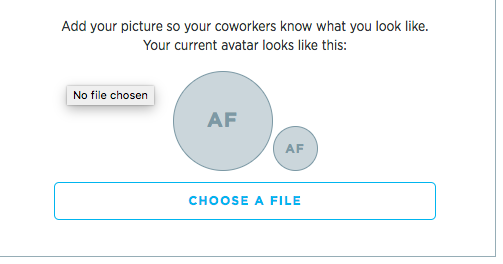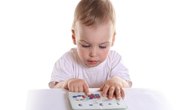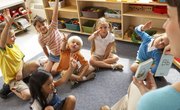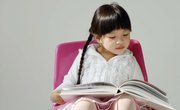Reading is one of the core components of early childhood education. From identifying letters to working on speech patterns, language acquisition in young children is dedicated to getting them to understand how spoken sounds and written words relate to each other and to cultivate a comprehension of reading.
What Is the Top-Down Reading Model?
For current adults, recollections of their early years as students attempting to learn to read probably calls to mind memories of tracing letters, of sounding out letters, of beginning to sound out words and eventually reading books of increasing size, density and abstract content.
This is the traditional model of teaching reading. In many ways, it is effective, but as research into cognitive processes continues to develop and teachers seek ways to engage all learning styles, a number of other reading models have been introduced to the classroom.
The top-down theory of reading is designed to teach children to read using the theory that it is the brain of the reader and not the words on the page that make sense of what is written. This sounds abstract and potentially confusing, especially to parents who wonder why the method that they grew up with isn't good enough anymore.
How Is the Top-Down Theory of Reading Implemented?
In the top-down reading model, the emphasis is placed on a student's engagement with the text. It is not enough to get students to simply know the word they see, understand its general meaning and know how to pronounce it if reading aloud. The goal of the top-down reading theory is to get students to become active readers. Active readers have increased comprehension skills and larger vocabularies and are more capable of engaging in abstract and logical thought.
Active readers have meaningful engagement with the text. A large reason for this is that active readers tend to pursue texts in which they are interested. Rather than simply being able to read the words off an exercise page that is presented to them, top-down readers learn by reading actual texts that they choose and begin to decode with the help of a teacher.
When students select a certain text, they have to use clues beyond sounding out words to understand what they are reading. They need to bring themselves and their experiences to what they know of the subject matter. The top-down theory of perception posits that it is this connection between what a reader's unique brain perceives when reading and the words on the page that produces meaning.
What Is the Bottom-Up Theory of Reading?
However good at creating actively engaged readers, the top-down approach in reading does not work solely on its own. Students still need to have a grasp of phonics, spelling and the alphabet to engage with any text. This is where the bottom-up theory comes into play. While the top-down approach in reading has been shown to have significant benefits, it cannot succeed alone.
The bottom-up reading model is what most parents of children are familiar with: learning the alphabet, learning what sounds the letters make, beginning to string the sounds together while getting an understanding of phonics and then eventually approaching a text. The top-down model incorporates much of this work into its approach. By choosing a real text with which to engage, the student begins to feel an imperative to decode the words.
The bottom-up model helps the top-down model to do what it does so well. Students begin to recognize words, which increases their speed and begins to give them the chance to use context to figure out what new words are. The context is also supplied by the theme or content of the work in question. Readers are not passive recipients of information but are active contributors to the meaning of the text.
Related Articles
References
Resources
Writer Bio
Ashley Friedman is a freelance writer with experience writing about education for a variety of organizations and educational institutions as well as online media sites. She has written for Pearson Education, The University of Miami, The New York City Teaching Fellows, New Visions for Public Schools, and a number of independent secondary schools. She lives in Los Angeles.











